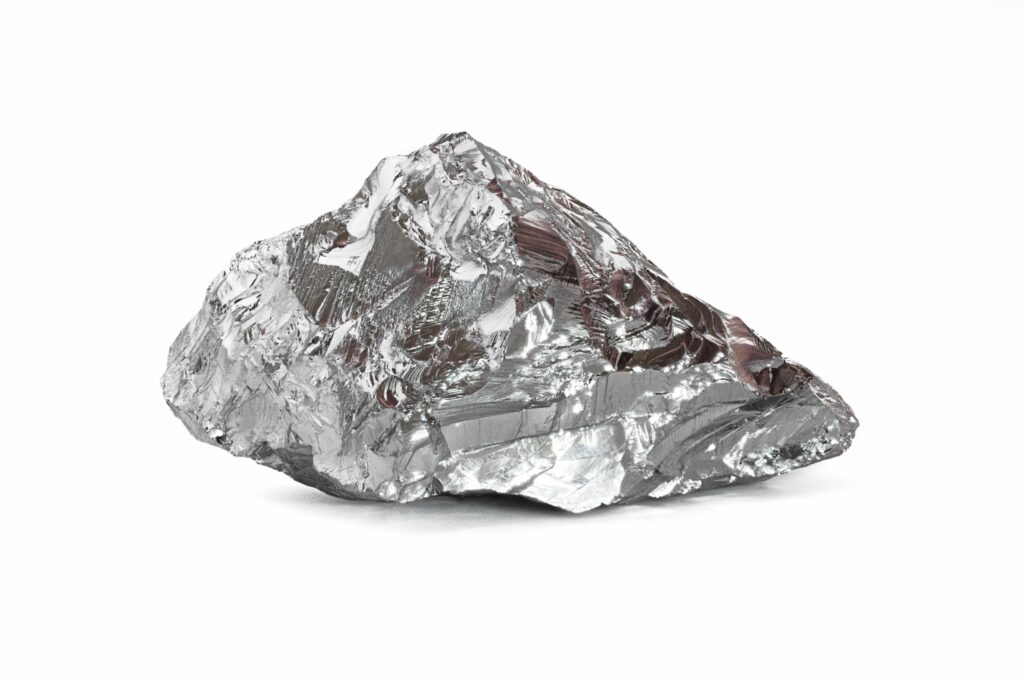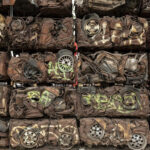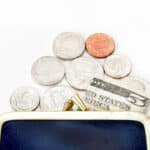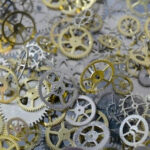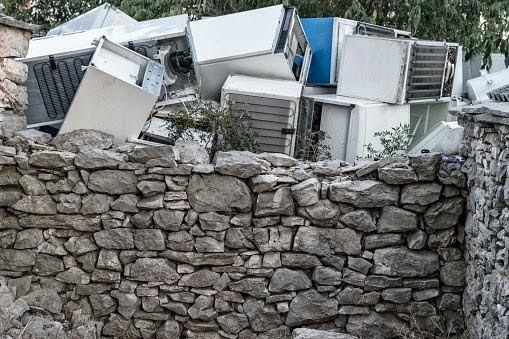“If I had a nickel for every time….”
The old expression is familiar to most of us, used to describe something that keeps happening over and over again. We know how it winds up, too – “…I’d be rich.”
“If I had a nickel for every time someone asked me how I got this black eye, I’d be a millionaire.”
Well, maybe…
Nickel itself has suffered numerous black eyes over the centuries, starting with its discovery.
THE “COPPER DEMON”
When German miners exploring the Ore Mountains in the 17th century came across “a pale brownish-red rock,” they thought they knew exactly what they’d found: a new copper ore. What they’d really found was a previously unknown nickel ore, which is now known as “nickel arsenide” or “niccolite.”
The miners tried to extract the copper, but couldn’t get it done. “The frustrated miners blamed Nickel, a mischievous demon in German mythology, for playing a prank on them and began calling the ore kupfernickel, (which translates to) ‘copper demon.’”
A hundred or so years later, Baron Axel Fredrik Cronstedt, a Swedish alchemist, was able to separate the nickel from the ore and isolate it as a new element. He dropped the “kupfer” and used what was left as the name for now number 28 on the periodic table of the elements: nickel.
NICKEL WASN’T ALWAYS FIVE CENTS
Before the United States of America ever was, the North American colonists used a five-cent piece called a “half disme,” or half dime. The coin was minted from silver, like its big brother, but “weighed exactly half of the dime, hence half the value.”
Imagine now the noble nickel, shackled with a name that was no more than half its namesake! It was an insult soon be remedied.
The armies clashing in the Civil War needed all kinds of metals, and like most coins the half dime went out of circulation. “After the war, a new type of five-cent piece was introduced, one made of a copper and nickel alloy rather than silver.” Eventually the new coin became “widely circulated as the ‘nickel,’ named after the metal by which it was made.”
WHAT ABOUT, YOU KNOW, ACTUAL NICKELS?
Nickel – the element – is a recyclable, non-ferrous metal that’s mostly found in alloys or present with other metals. Plating would be a good example.
Meanwhile nickel – the U.S. five-cent coin – is actually made of (wait for it)… copper. Well, mostly. Modern nickels are 75% copper and 25% nickel. The coin that is currently in circulation is called the Jefferson nickel because it bears the profile of President Thomas Jefferson, but previous U.S. five-centers have featured other likenesses, most famously the Buffalo nickel.
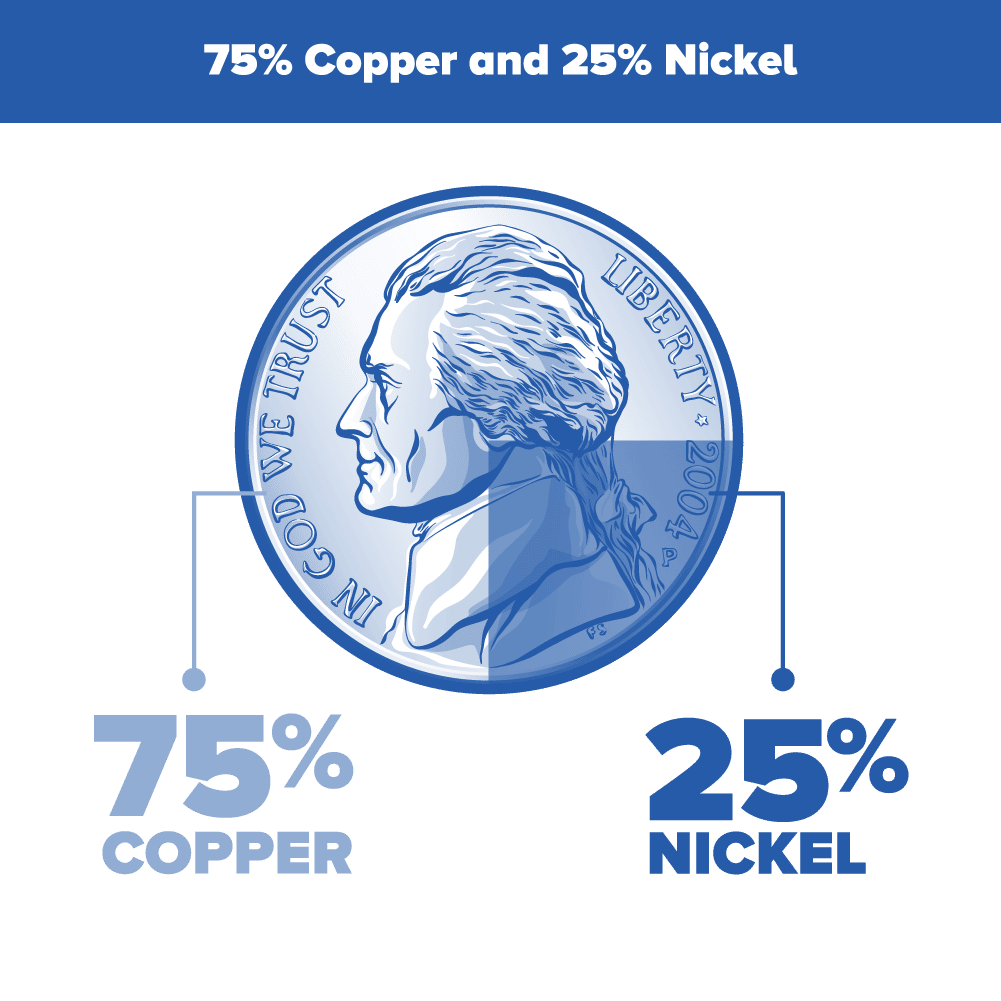
TRUE VALUE
So, if you actually did have a nickel for every time something happened, how rich would you truly be?
Depending on how many times we’re talking about, you could be either very poor or very wealthy, indeed. But you’d never be any richer than the face value of the coins.
In 2011, metal prices soared and a U.S. nickel contained more than five cents worth of copper and nickel. The difference gave birth to a new category of American hobbyist investors: nickel hoarders. They figured – almost rightly so – that gathering nickels wasn’t just a good savings method, but also a valid investment strategy.
But don’t get any wise ideas: Congress criminalized the melting and exporting of nickels and pennies in 2006. Unfortunately for the hoarders, they’ve been counting on a change in law that’s not likely to come any time soon.
WHAT IS SEIGNIORAGE?
Speaking of Congress, it was a bit alarmed at the cost of nickels, and in 2010 instructed the U.S. Mint to look into alternative, less expensive metals for currency. But as of 2018, the most recent year that the Mint has issued a report on this effort, no viable alternatives have made it past large-scale testing. Part of the complication is that coin-accepting machines, such as vending machines, would have to be recalibrated to accept coins made of different materials — as would the entire coining process at the Mint.
The difference between the face value and the Mint’s manufacturing cost is known as seigniorage. The Mint transfers seigniorage to the Treasury General Fund to help reduce the national debt.
So in the end, what a nickel is worth could be a matter of perspective.

